2009. That’s the year the world’s first cryptocurrency came to existence.
Since then, the world has experienced lots of changes. Trust in many financial institutions and governments crashed to the bottom.
12 years on, the cryptocurrency world is still young. It’s growing at a phenomenal pace; there’s something new almost every day. Many more blockchains and cryptocurrencies have sprung up. Some aim to solve the payment system, enable smart contracts, change the media and entertainment world, or even to enhance our privacy.
And it is tough to get started all because of the technical terms which were invented only as recently as yesterday. Fret not as I aim to guide you with the lingo of cryptocurrency so that your investing journey can be as smooth as possible.
#
51% Attack (aka Majority Attack): This happens when more than 50% of the blockchain’s network is run by a single person or a single group of people.
A
Address: A string of alphanumeric text which states where cryptocurrency can be sent to and from. This is usually the hashed version of a public key and can be shared with anyone.
Your wallet address for each cryptocurrency differs.
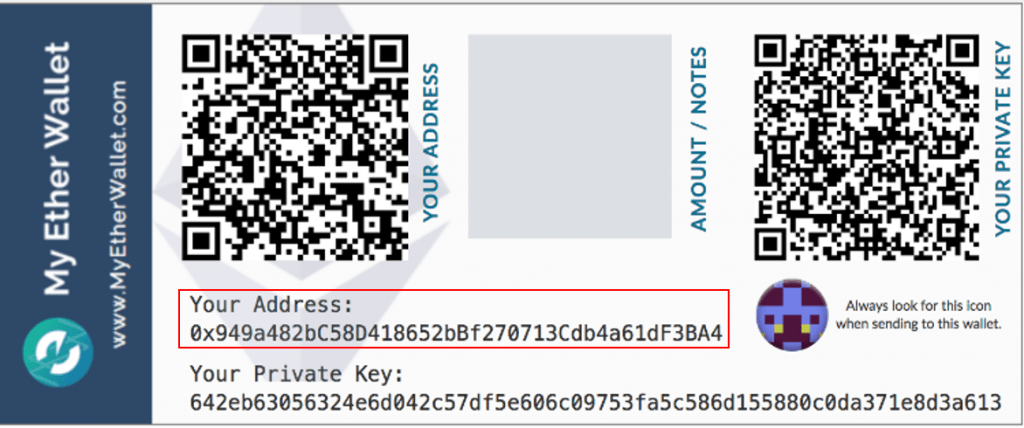
Airdrop: The distribution of cryptocurrency to the public for either holding a particular cryptocurrency or having an active wallet on a particular blockchain.
Algorithm: Computer codes used to solve a particular problem.
Allocation: A portion of cryptocurrency that’s made available to be bought, earned, or for other purposes such as business growth and treasury.
All-time High (ATH): The highest price of a cryptocurrency.
Eg. Bitcoin hit an ATH of $65,000 yesterday!
All-time Low (ATL): The lowest price of a cryptocurrency.
Eg. Did you know that the ATL of Ether is $0.50?
Altcoin: A cryptocurrency that’s not Bitcoin.

Angel Investor: An investor who funds start-ups and businesses.
Anti-fragile: Something is known to be anti-fragile when it survives or thrives in uncertainty.
Anti-money Laundering (AML): A framework of legal and regulatory procedures that aims to eliminate the flow of ill-gotten money.
Application Programming Interface (API): Computer codes which enable the interaction between applications.
Application-specific Integrated Circuit (ASIC): A device for the sole purpose of mining cryptocurrency.
Only cryptocurrencies using the Proof-of-work mechanism can be mined.
Application-specific Integrated Resistant (ASIC-resistant): The inability to mine cryptocurrency using an ASIC machine to make the effort worthwhile.
Arbitrage: A quick buy and sell move over different markets to capture the difference in prices of the same cryptocurrency.
Ask Price: The lowest price a seller is willing to accept at that point of time.

Atomic Swap: The exchange of one cryptocurrency for another, facilitated by smart contract technology. This removes the need for centralized organizations such as exchanges.
Attack Surface: Potential areas where security can be breached.
B
Bear: A person who believes that the cryptocurrency market will be declining.
Bear Market: A market where prices are trending down.
A bear market is the direct opposition of a bull market.
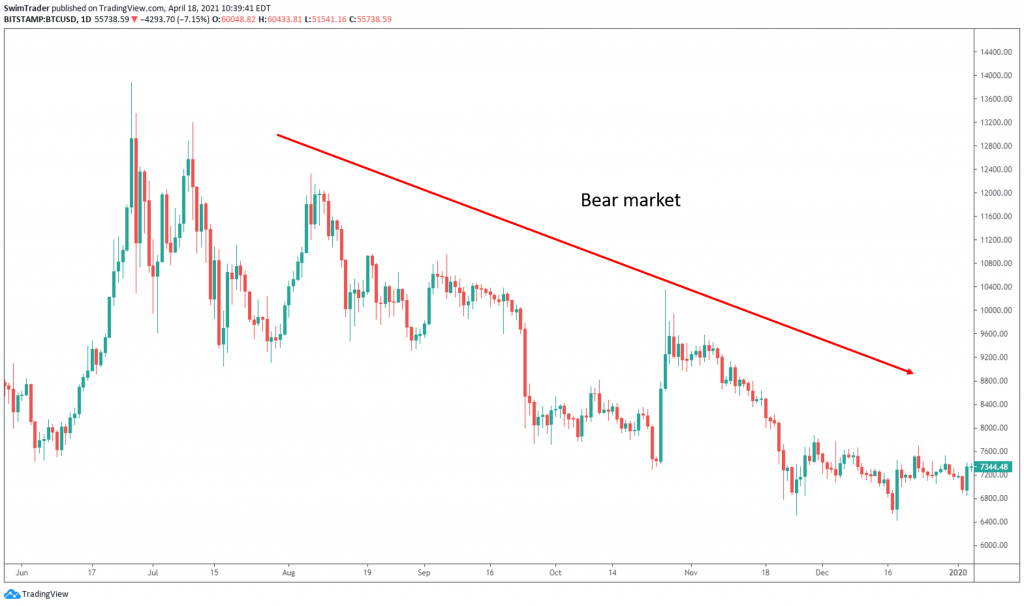
Bid Price: The price a buyer is willing to pay.
Bid/ask Spread: The difference between the bid and ask price.
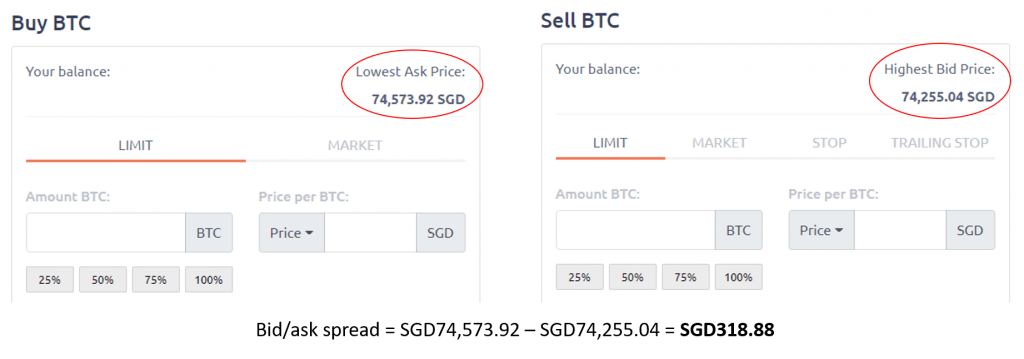
Bitcoin Dominance: The ration of Bitcoin’s market capitalization and the market capitalization of all cryptocurrencies.
Black Swan Event: A totally unexpected event which has widespread effects.
Block: A computer file containing information of transactions. Blocks are stored in a linear sequence, forming a blockchain.
Block Explorer: A webpage for browsing information about blocks and transactions.
Block Height: The number of blocks preceding a given block in a blockchain.
Block Reward: The payout a miner gets.
For cryptocurrencies that can be mined, miners are rewarded with cryptocurrencies for solving cryptographic problems to create a new block and help secure the blockchain.
Blockchain: A distributed ledger system comprises of blocks.
Read more about blockchains here.
Breakout: When the price of a cryptocurrency moves out of a range.
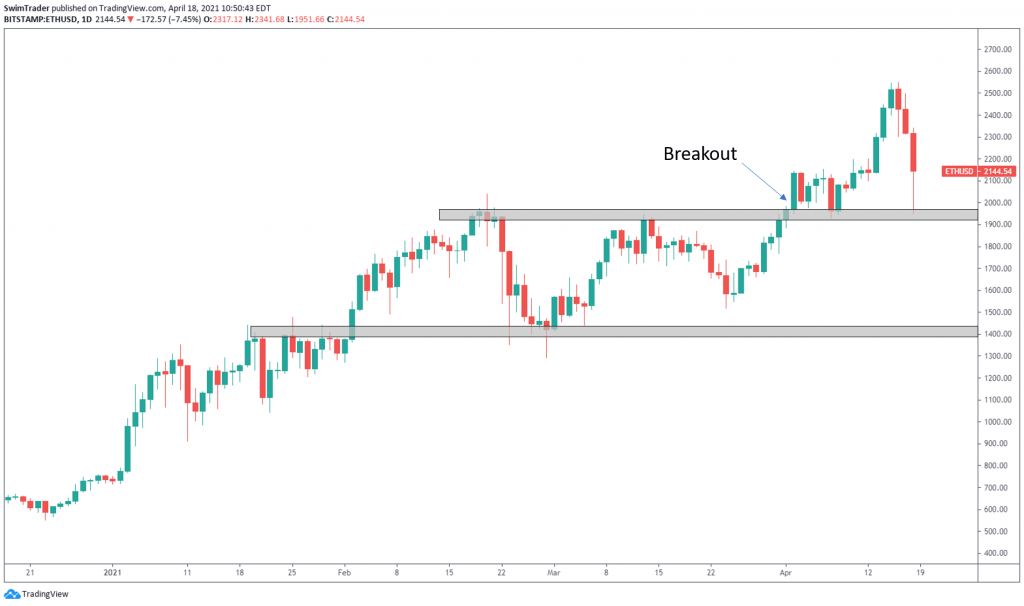
Bubble: When the price of a cryptocurrency exceeds its intrinsic value.
Bull: A person who believes that the cryptocurrency market will be rising.
Bull Market: A market where prices are trending up.
A bull market is the direct opposition of a bear market.
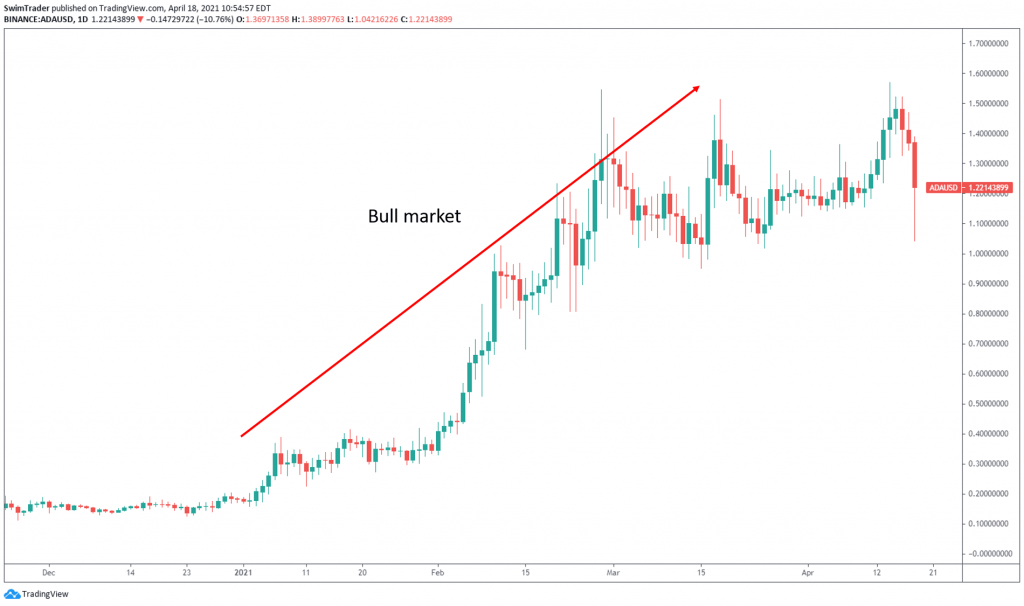
Burned: Cryptocurrency that is purposely removed permanently from its circulation.
Buy Wall: One or multiple huge buy orders set at a same price for a cryptocurrency.
This is the opposite of a sell wall.
C
Candlesticks: A Japanese method to plot charts where you can read the open, high, low, and close prices within a certain period.
Candlesticks are rich in information and useful in trading. Are there useful candlestick patterns which you can use? Yes! Find out about them here.

Capitulation: A period of heavy selling.
Central Bank: An entity which manages the nation’s currency and monetary policies.
Eg. Federal Reserve in the USA; Monetary Authority of Singapore in Singapore.
Central Bank Digital Currency (CBDC): Digital currency that are issued by a central bank. CBDCs are legal tender.
Eg. digital Yuan
Centralized Exchange (CEX): A cryptocurrency exchange that’s operated in a centralized manner by a company.
Eg. Binance, Coinbase, Coinhako Gemini, Tokenize Xchange
You can compare the different CEXs and find one that suits you best here.
Chain Split (aka Fork): A separation from the current blockchain which results in the creation of a new cryptocurrency.

Cipher: A program to encrypt and decrypt information.
Close: The closing price of a trading session in a given period of time.
Cloud Mining: Mining cryptocurrencies remotely by renting mining equipment.
Coin: Cryptocurrency
Cold Storage: Keeping your cryptocurrencies offline.
Eg. keeping your cryptocurrencies in a hardware wallet or paper wallet
Cold Wallet: A cryptocurrency wallet that’s not connected to the Internet.
Want to know the differences between a hot and cold wallet? Learn about the differences and benefits of each type of wallet here.
Confluence: Confluence happens when multiple technical indicators or signals are in agreement, increasing the probability of success.
Consensus: Consensus is reached when most (if not, all) of the participants of the blockchain network agree on the order and content of the blocks.
Correction: A pullback in a cryptocurrency’s price by at least 10%.
Cryptoasset: A digital asset that uses cryptographic technology to maintain the operation of its blockchain or decentralized application.
Cryptocurrency: A digital currency that uses cryptographic technology to secure its blockchain.

Cryptography: A method for securing information using mathematical puzzles.
Custody: An organization holding the cryptocurrencies on the behalf of its clients.
Cypherpunk: A movement which promotes the use of cryptography and other privacy-focused technologies.
Which cryptocurrency terms do you know understand better?
Here’s What You Can Do To Improve Your Trading Right Now
#1 Register for our market outlook webinars by clicking here
#2 Join us in our Facebook Group as we can discuss the various ways of applying this by clicking here
#3 Never miss another market update; get it delivered to you via Telegram by clicking here
#4 Grab a front row seat and discover how you can expand your trading arsenal in our FREE courses (for a limited time only) by clicking here
See you around!

